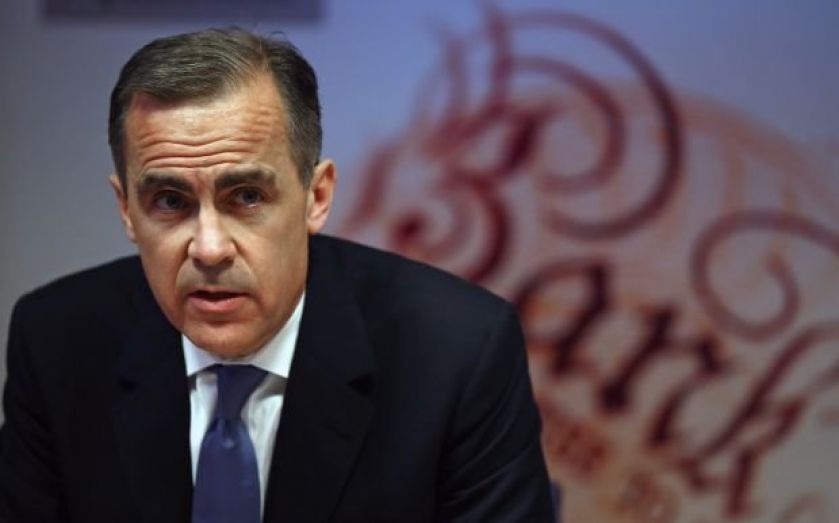In graphs: Wages show the lowest rate of annual growth since 2001 as unemployment falls

First the good news: employment continued to rise, according to the latest ONS stats, and the unemployment rate for the three months to June reached an almost six-year low of 6.4 per cent.
The last time the headline figure was as positive was back in late 2008.
But these rosy stats have been tempered; the news on wages is not good. This is crucial, as many believe that salaries that turn heads as the run-in to the general election draws near.
Regular pay was up by 0.6 per cent for April to June when compared to a year earlier, constituting the weakest growth since records began back in 2001. The Bank of England has now halved its wage growth forecast for the year, probably meaning interest rates will remain untouched until 2015.
What is more, total pay (including bonuses) was down 0.2 per cent over the same period and the annual growth rate for April was down 1.5 per cent. It was up in May by 0.5 per cent and up again in June by 0.4 per cent.
It is important to note that these falls may prove to be a one off and that longer-term trends are more accurate.
(The CPI figures are monthly, while the wage data is a three-month average).
The ONS's release also gives us some other data of interest. The claimant count for people receiving work related benefit shows the effects of falling unemployment.
Another aspect worth a look is how the changes in the economy have affected the percentage of the active workforce employed in the public sector. It should be noted that the government's policies regarding privatisation of public bodies has affected this, as have employment gains in the private sector. There were, says the ONS:
25.13 million people employed in the private sector for March 2014, 447,000 more than for December 2013.This large increase in private sector employment was partly due to the reclassification of Lloyds Banking Group plc. Excluding the effects of this reclassification, private sector employment increased by 355,000 between December 2013 and March 2014.
From the ONS: The unemployment rates for the UK and the United States are for those aged 16 and over. The unemployment rate for the EU is for those aged from 15 to 74. This chart shows monthly estimates for the EU and for the United States from June 2009 to June 2014 and three month average estimates for the UK from April-June 2009 to April-June 2014.